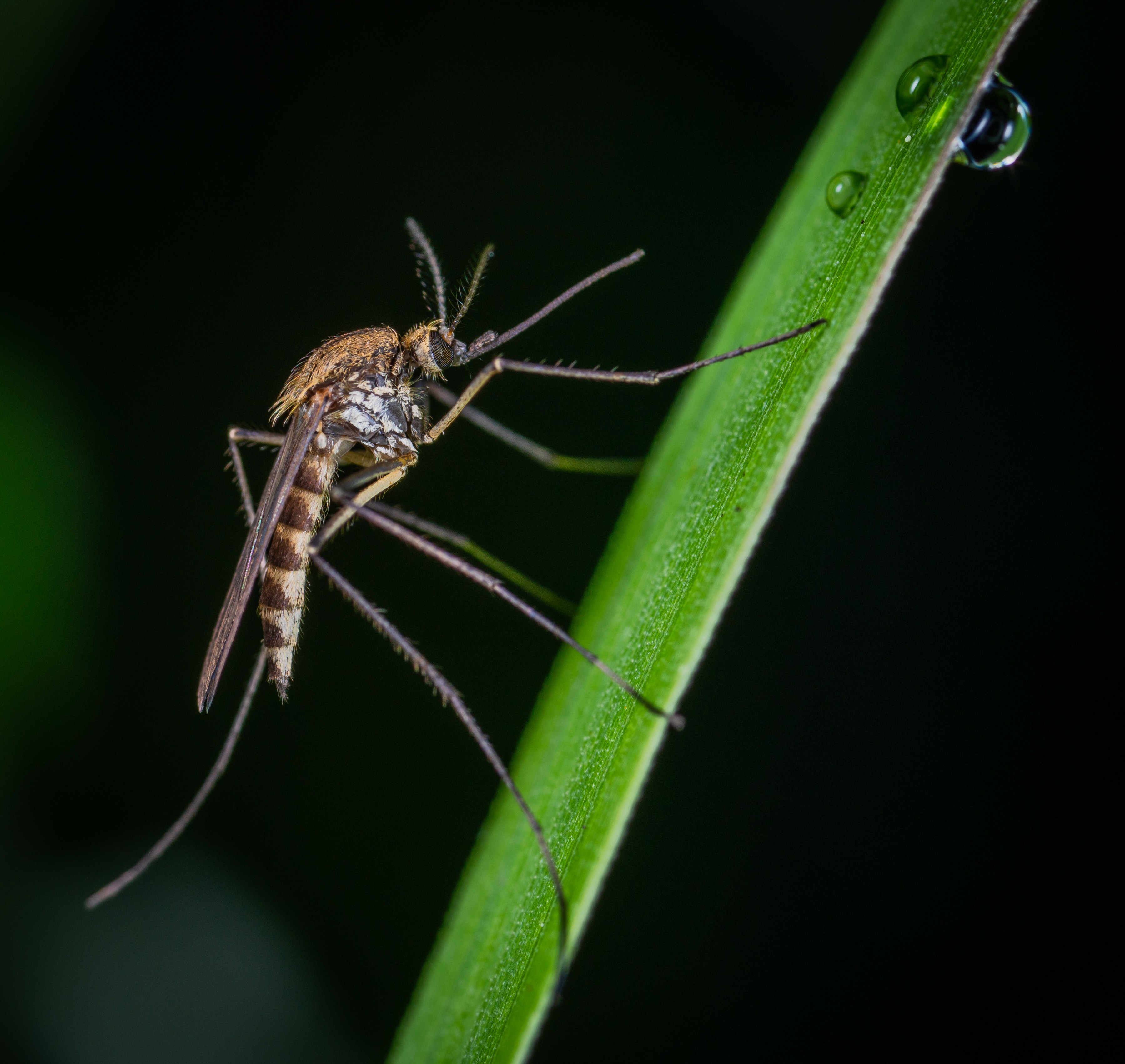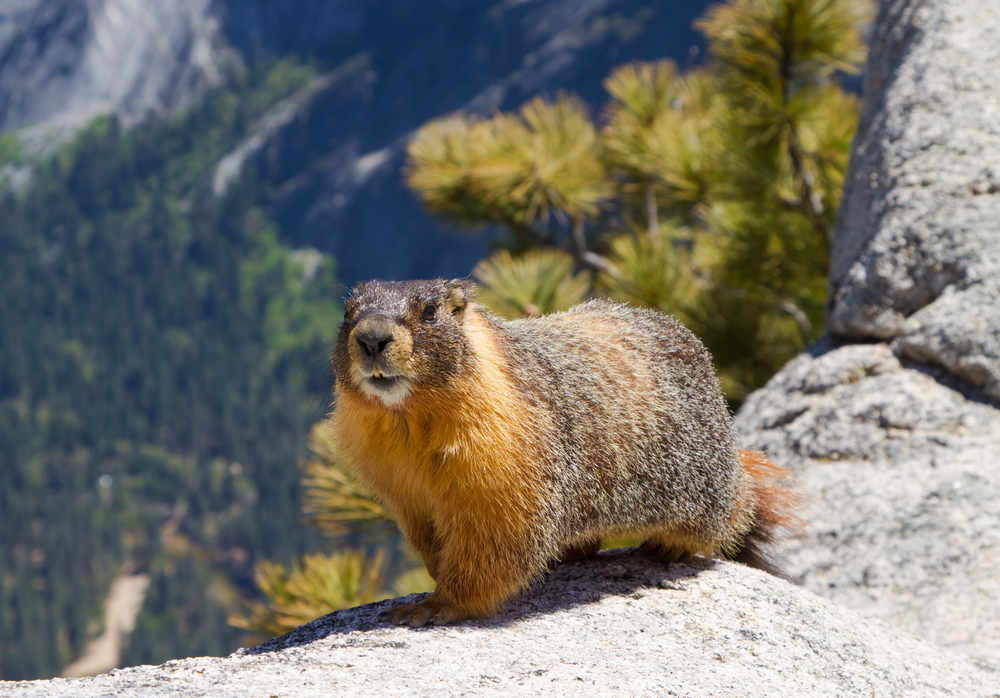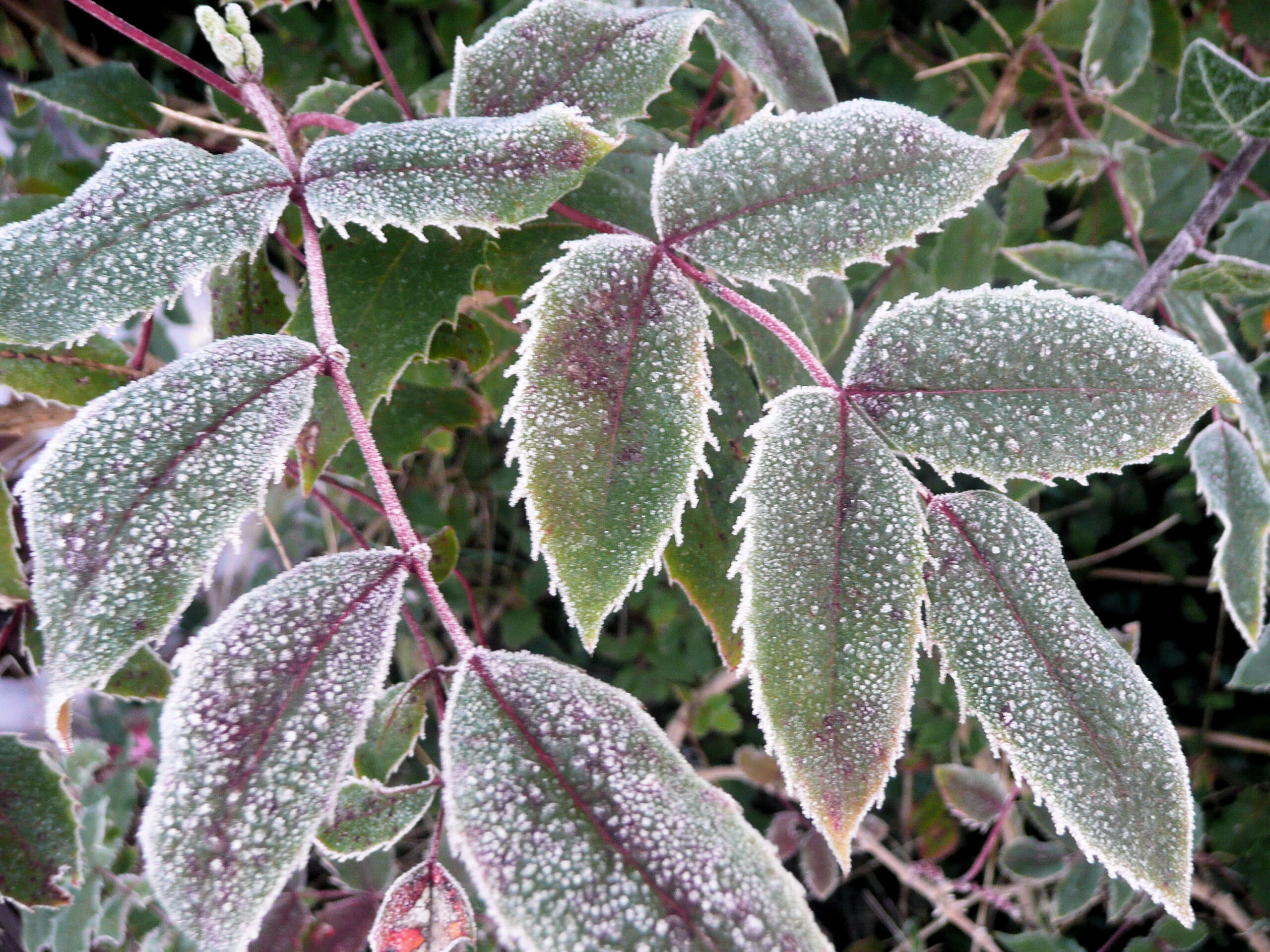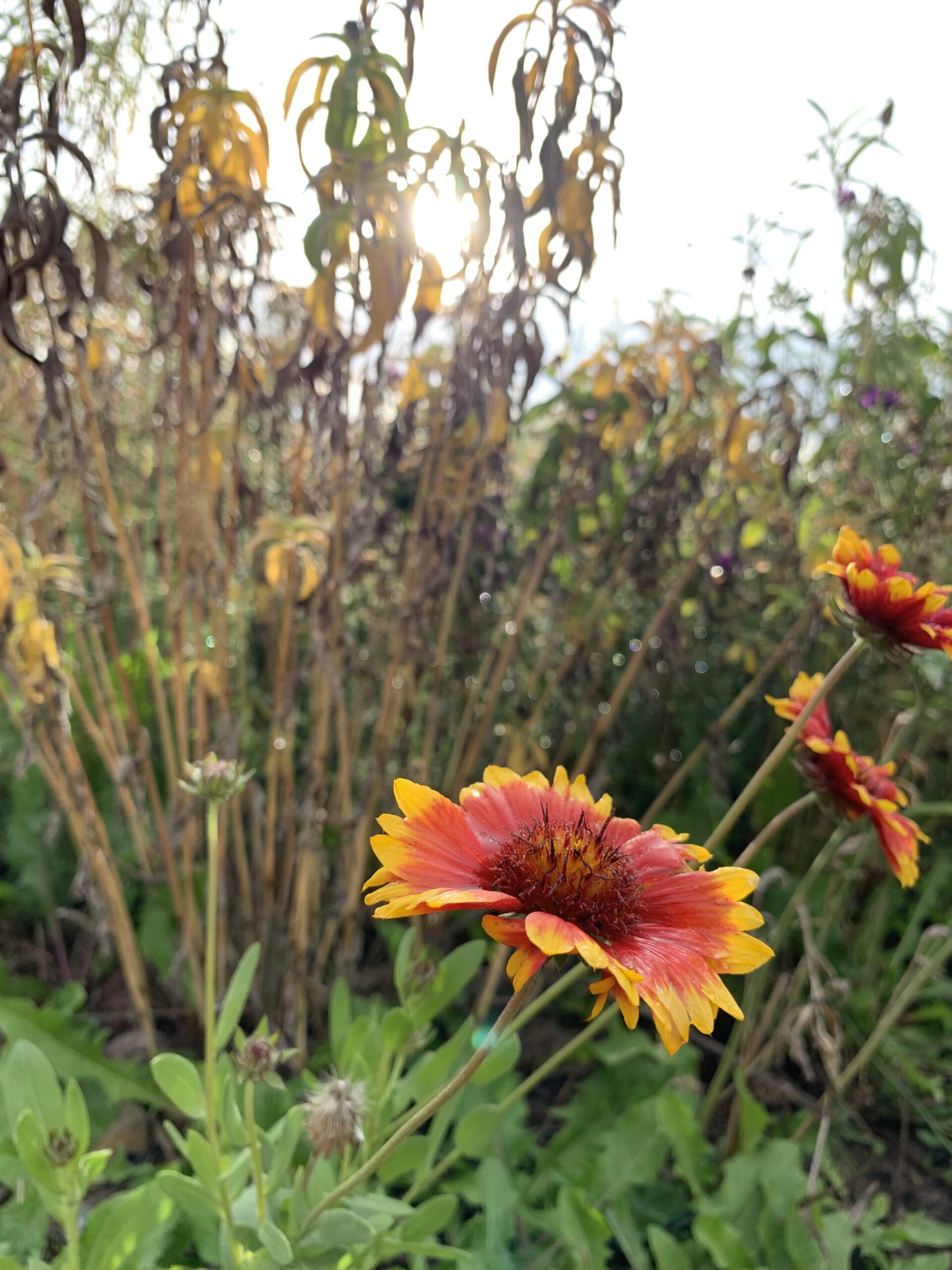By Jessie Walthers, Conservation Program Manager Groundhog Day. Who doesn’t love this most random of…

What’s the Point of a Mosquito?
There’s nothing that will ruin a camping trip or picnic faster than a swarm of buzzing, incessant mosquitoes. We’ve all been there. And as we’ve feverishly swatted the pests away, I’m sure we’ve all wondered… What’s the point of a mosquito? Do they exist simply to cause us annoyance, or do they actually have some ecological value?
Mosquitoes are small, biting flies that lay their eggs in standing water. Their life cycle consists of four stages: egg, larvae, pupa, and adult. The larvae feed on algae and plants in the water while adult mosquitoes feed on terrestrial plants and their nectar. Female mosquitoes often need to consume a protein-rich meal before they can produce eggs, which is why they bite and draw blood. We’re not the only ones annoyed by this tiny, biting fly; in fact, very few species are spared from mosquitoes’ bites.
Thankfully for us, there are also an abundance of critters that eat mosquitoes. During the egg, pupal, and larval stages, they are eaten by fish and amphibians. They support the aquatic food chain and provide a substantial portion of overall biomass in many aquatic ecosystems. Once they reach adulthood, they are eaten by just about everything that can catch them: larger insects such as dragonflies, small mammals including bats, numerous bird species, amphibians, and reptiles. Mosquitoes are also important pollinators for thousands of plant species, helping to sustain our crops and other beneficial plants.
Go ahead and stock up on bug spray and citronella candles because mosquitoes aren’t going anywhere. Then remember to thank a dragonfly, bat, or fish for helping to keep their populations down.



